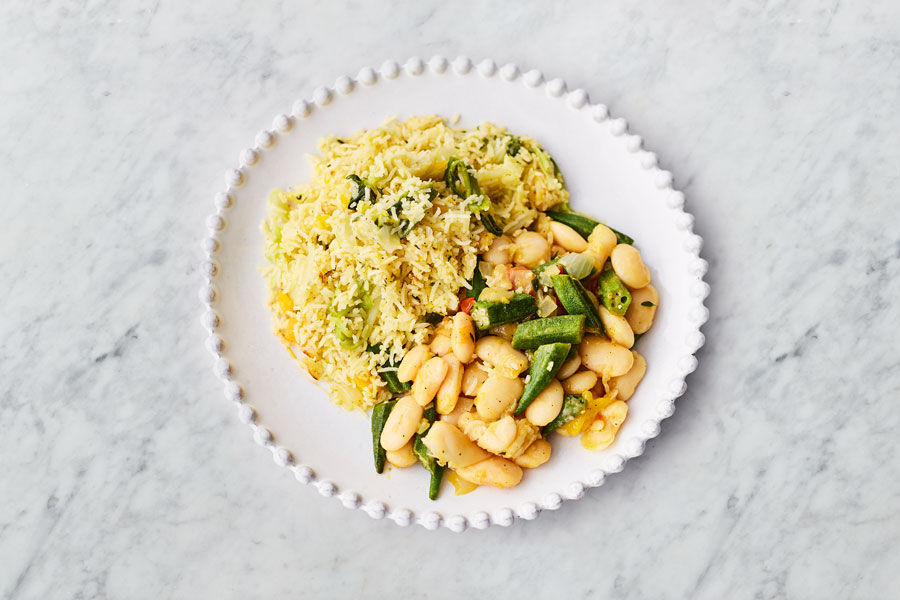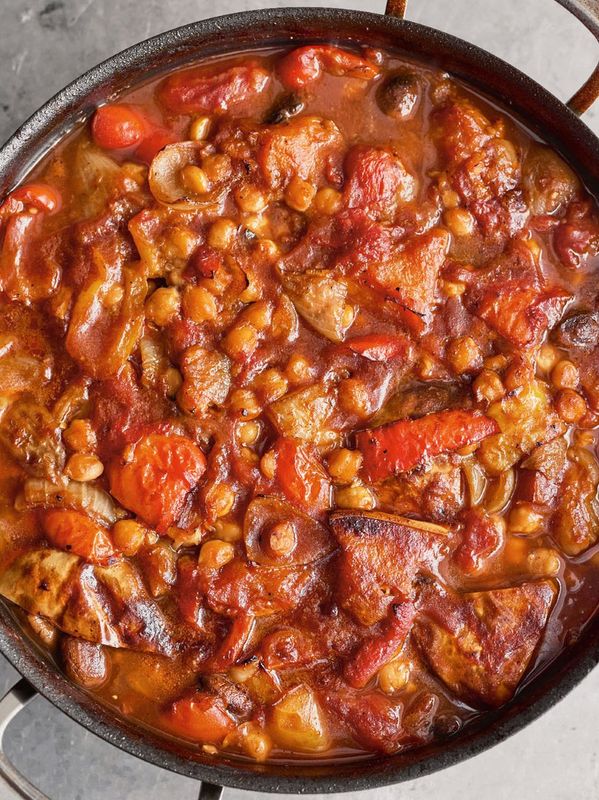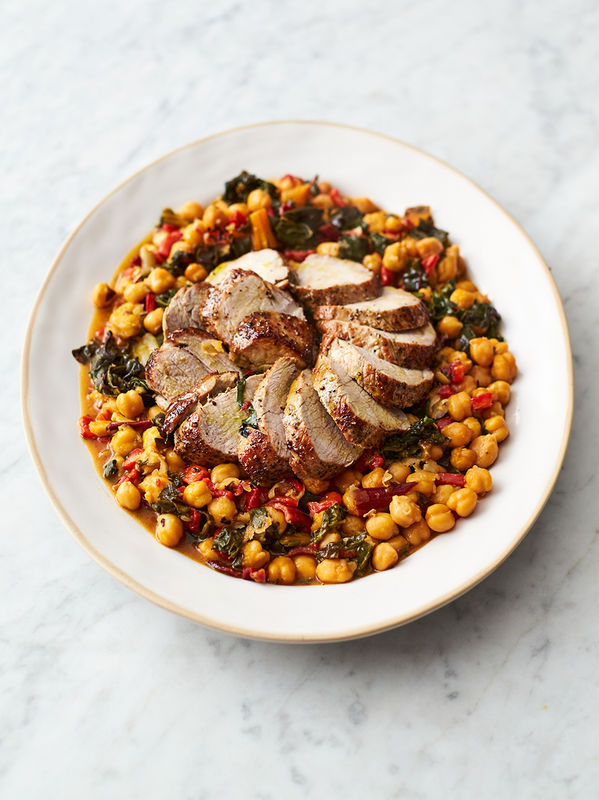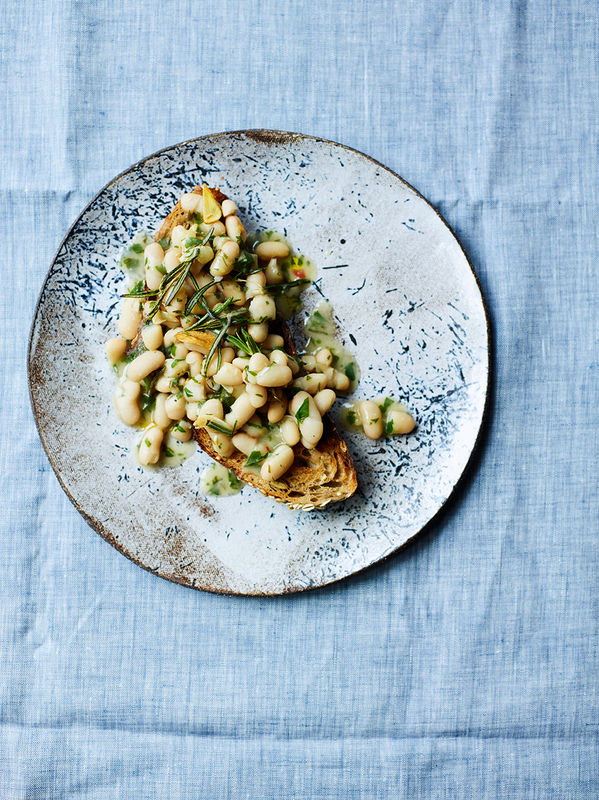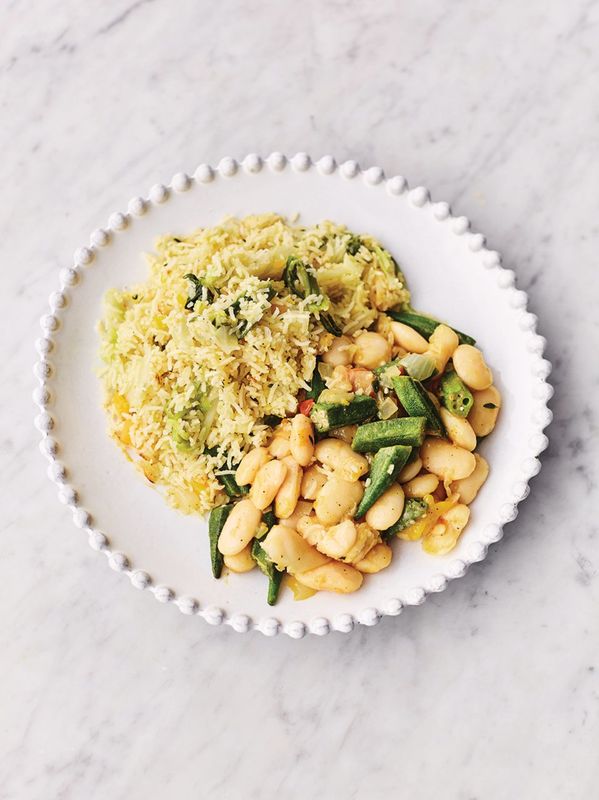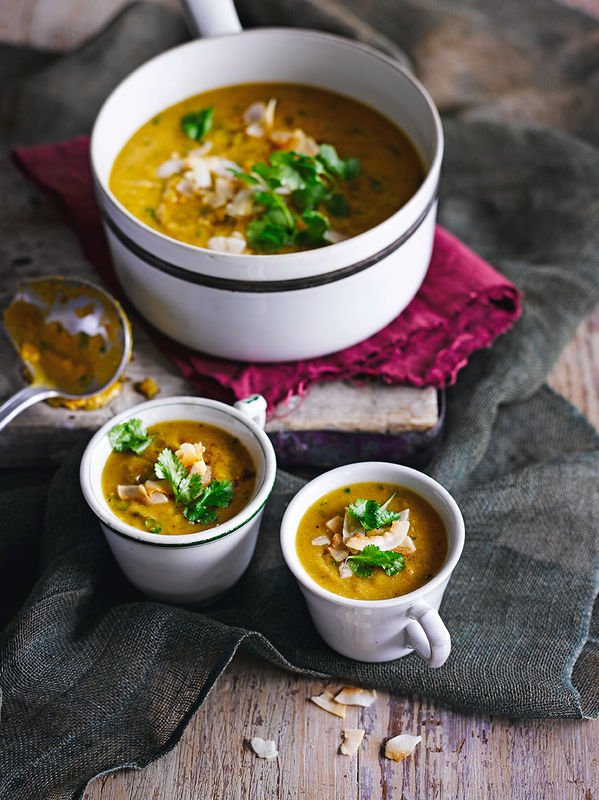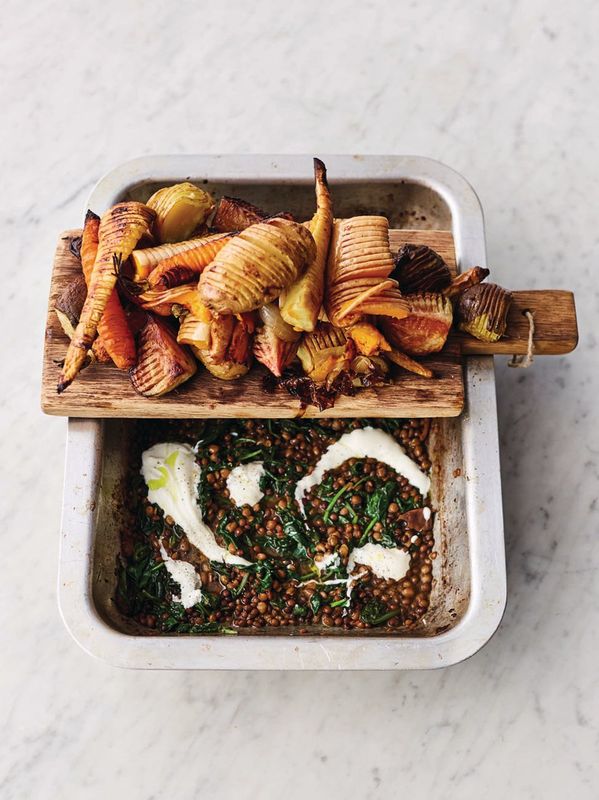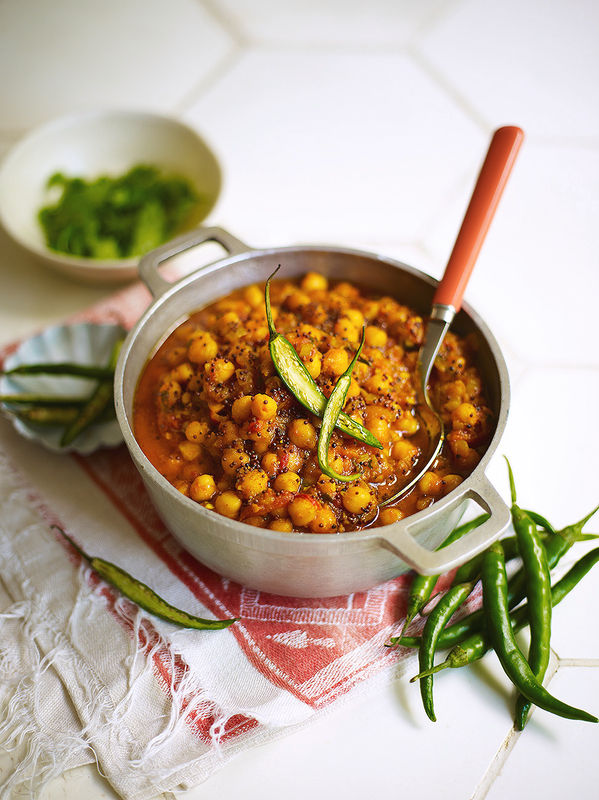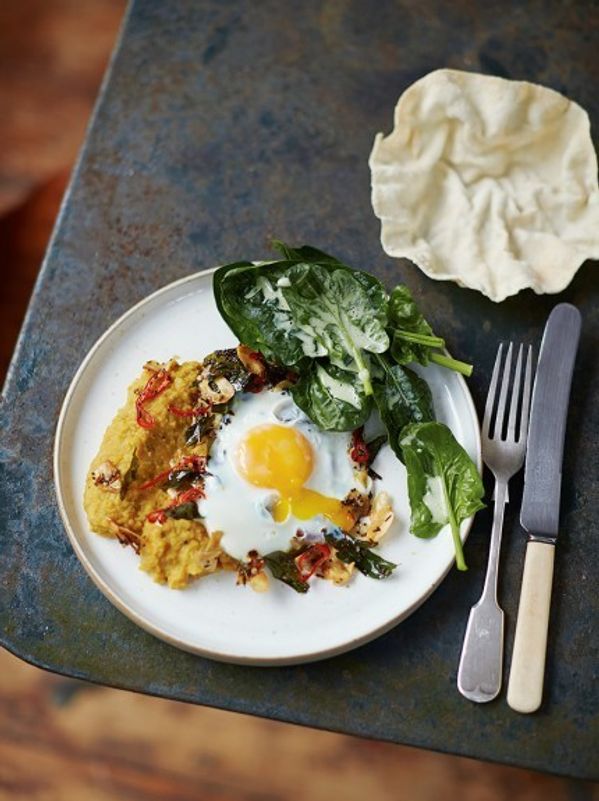Legume is a broad term that refers to beans and pulses. Lentils, black beans, kidney beans, butter beans, chickpeas and even peanuts are all part of the legume family.
They’re a fantastic store-cupboard staple that we should all be eating more of, but not everyone knows the best way to add beans and pulses into meals.
Beans and pulses are widely available dried or in tins and jars. If you’ve opted for dried, they need a bit more love, but have a much better flavour and texture, and are often cheaper. As a general rule, cooking will double the weight of dried beans and pulses, so for example, if a recipe calls for a tin of chickpeas (240g drained weight) you can swap this for 120g of dried chickpeas. Always check the label before you start as the cooking and soaking times, as well as the resulting weight, may vary.
So what’s so great about legumes?
Different legumes have different nutrients, but all pulses and beans are a good source of plant-based protein and fibre. Protein is good for our bones and muscles, and fibre helps maintain a healthy digestive system. In particular, black beans are a source of iron, which help us make red blood cells (just remember to have them with vitamin C-rich foods, such as peppers, to increase the absorption). Lentils are a source of copper and chickpeas are a source of manganese, both which we need to help protect our cells from damage among other important things.
A single serving of beans is roughly three heaped tablespoons, or 80g, which counts as one portion of your 5-a-day (note: you can only count beans or pulses once towards your 5-a-day). Beans are really versatile and, as a plant-based protein source, are brilliant for bulking out meat-based dishes, so your meat can stretch further – although they’re also perfectly able to be the star of the show, too.
Lovely ways to make the most of legumes
For more inspiration, check out how to maximise flavour using more store-cupboard heroes.
